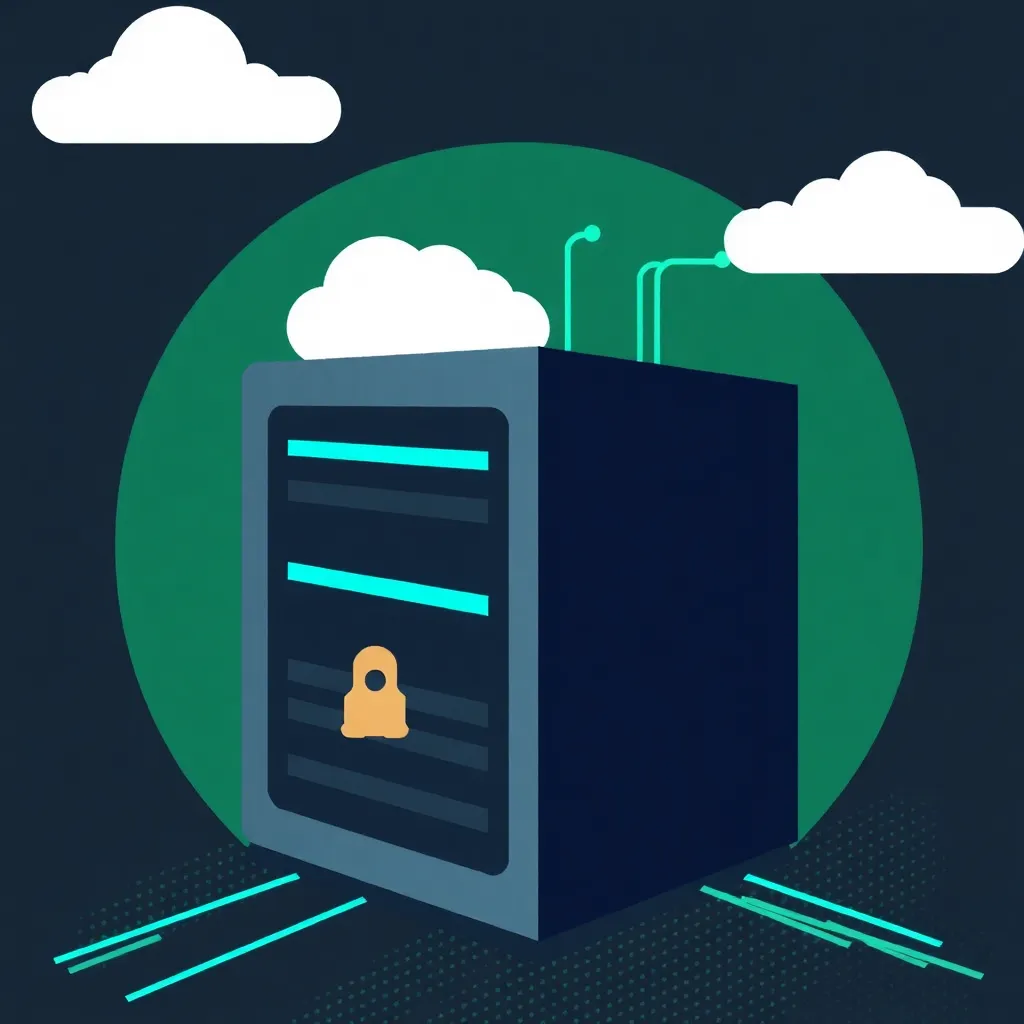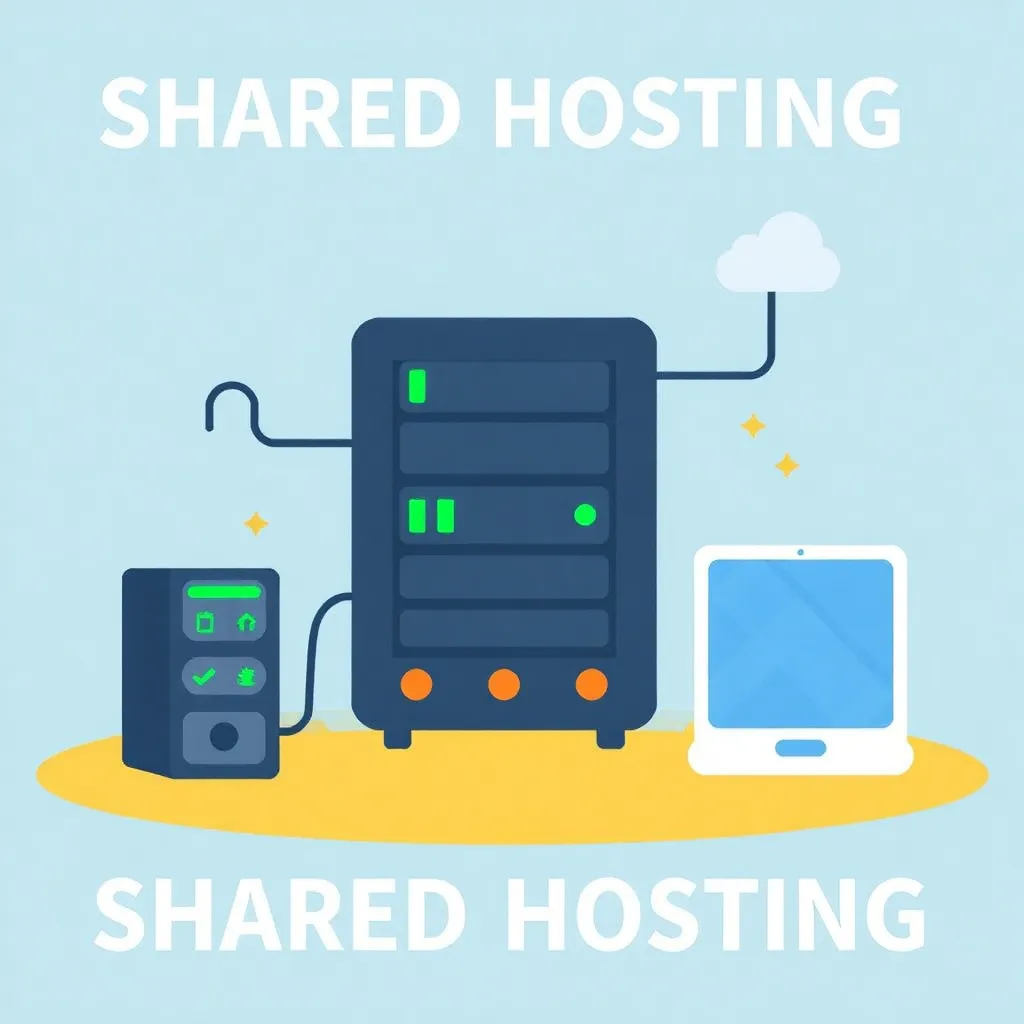Overview and introduction
The internet is constantly evolving, and with it the protocols that shape our online experience. HTTP/3, the latest version of the Hypertext Transfer Protocol, promises significant improvements in terms of speed, security and efficiency. In this article, we take an in-depth look at HTTP/3, its benefits and how you can implement it for your website. HTTP/3 is based on the QUIC (Quick UDP Internet Connections) protocol, which was originally developed by Google. Unlike its predecessors, which were based on TCP (Transmission Control Protocol), HTTP/3 uses UDP (User Datagram Protocol) as its transport protocol. This change brings several key benefits that significantly improve the performance and security of web applications.
The advantages of HTTP/3
HTTP/3 offers numerous advantages that go far beyond what HTTP/2 can offer. Among other things, the new mechanisms enable:
- Improved performance in the event of packet loss: HTTP/3 handles packet loss at the level of individual streams, not the entire connection. This ensures that the loss of a single packet does not affect the entire data stream, which is particularly advantageous in unstable networks.
- Faster connection establishment: Thanks to the 0-RTT (Zero Round Trip Time) handshake, HTTP/3 can start transferring data immediately in many cases. This technology significantly reduces latency times, especially for the first connection.
- Improved security: The direct integration of TLS 1.3 not only increases security, but also speeds up the connection setup. TLS 1.3 offers advanced encryption mechanisms and a reduction in the number of round trips required for secure communication.
- More efficient multiplexing: HTTP/3 enables even more efficient data transmission as it allows independent streams, which significantly reduces the problem of head-of-line blocking - where data packets hold up the entire data stream.
Implementation of HTTP/3 on your website
The implementation of HTTP/3 can significantly increase the performance of your website. There are various approaches to integrating this modern technology:
- Use of a CDN service: Many content delivery networks (CDNs) such as Cloudflare, Fastly or AWS CloudFront already support HTTP/3. Activating HTTP/3 via a CDN is often the easiest way to establish HTTP/3 for your website. In addition to support for HTTP/3, CDNs often also offer advantages such as improved loading times and increased security through distributed server structures and DDoS protection.
- Server-side implementation: If you have direct access to your web server, you can activate HTTP/3 directly. Popular web servers such as Nginx and Apache often offer support for HTTP/3 in the form of additional modules. Make sure to configure your server to take full advantage of HTTP/3 and perform regular updates to support new standards.
- Adaptation of the application logic: To take full advantage of HTTP/3, it may also be necessary to adapt the logic of your web application. Here you should pay particular attention to the optimization of resource prioritization and efficient stream management in order to realize the global improvement potential of the protocol.
Benchmarking and performance comparison
Extensive benchmarks were carried out to illustrate the practical advantages of HTTP/3:
- Reduced latency: In tests that take large geographical distances into account, HTTP/3 showed an improvement in loading times of up to 30 % compared to HTTP/2.
- Improved performance in the event of packet loss: Under simulated network conditions with up to 15 % packet loss, HTTP/3 reduced load times by up to 50 %.
- Faster first Contentful Paint: Thanks to the accelerated connection establishment and the refined multiplexing, the time to the first contentful paint could be reduced by 20-25 % for many applications.
These results emphasize how HTTP/3 improves the user experience, especially for globally distributed websites and in networks with variable stability.
Opportunities and future prospects
As the internet continues to evolve, technologies such as HTTP/3 are becoming increasingly important. The increasing spread of 5G networks and edge computing opens up new possibilities for data-intensive and mobile communication. HTTP/3 is designed to meet these future requirements:
- Optimization of mobile applications: Mobile devices benefit considerably from HTTP/3, as the protocol transmits data more efficiently over unstable networks.
- Adaptability: HTTP/3's ability to respond quickly to variable network conditions supports the requirements of modern cloud and edge computing environments.
- Advanced security mechanisms: The integration of TLS 1.3 and the improved encryption make HTTP/3 a future-proof protocol that also meets the increasing security requirements of the digital age.
In the future, HTTP/3 will play a central role in meeting the demands of modern web applications. By consistently using this protocol, developers and website operators can not only improve performance, but also create a robust, secure foundation for future digital innovation projects.
Detailed implementation steps and best practices
To implement HTTP/3 successfully, you should follow a structured plan and consider best practices:
- Analysis of the existing infrastructure: Examine your current server configuration and network settings. Make sure that you have the necessary resources and that the hardware and software are up to date.
- Evaluation of CDN services: If you use a content delivery network, check whether your provider supports HTTP/3. If not, it may make sense to change providers or carry out additional configuration steps.
- Server-side configuration: Activate HTTP/3 support in your web server. For Nginx, for example, this can be done using appropriate modules or configuration files. Make sure that the TLS 1.3 implementation is correctly integrated.
- Testing and monitoring: Perform comprehensive testing to ensure that HTTP/3 works as expected. Use benchmarking and monitoring tools to identify potential problems at an early stage. It is advisable to use both internal monitoring and external services.
- Security checks: Due to the security aspects of HTTP/3, you should carry out regular security checks. It is advisable to implement security standards such as Zero Trust Security to protect your web applications from attacks. You can find more information on this in our article on Zero Trust Security in web hosting.
These steps will not only help you to successfully implement HTTP/3, but also ensure that your website remains future-proof and scalable.
Case studies and successful application examples
Many companies have already successfully integrated HTTP/3 into their IT infrastructure and report significant improvements. Some interesting case studies and field reports are:
- E-commerce platforms: Online stores that have switched to HTTP/3 experience faster loading times and higher conversion rates as a result. The faster first contentful paint and lower latencies ensure a better user experience, which leads to increased customer confidence.
- Streaming services: Video and audio streaming providers have been able to achieve more stable transmission and reduced interruptions in playback by implementing HTTP/3. This is particularly advantageous in regions with variable network coverage, as the data stream is sent in different streams in parallel.
- Global intelligence services: News portals and information sites benefit from HTTP/3, as the improved multiplexing enables content to be transmitted quickly and without delay - even with a high number of accesses by users worldwide.
These case studies show that HTTP/3 is not just a technical advance, but can also have a direct impact on business results. Companies that are early adopters of this technology will secure a competitive advantage in an increasingly digitized market.
Extended challenges and solutions
Although HTTP/3 offers numerous advantages, you also face some challenges when implementing it:
- Compatibility with older systems: Not all clients and servers fully support HTTP/3 yet. It therefore makes sense to integrate fallback mechanisms so that older systems can continue to use HTTP/2 or even HTTP/1.1 without any problems.
- Resource management: HTTP/3 and the underlying QUIC protocol can require more server resources in some scenarios. Careful planning and regular optimization of the server configuration is therefore essential to avoid performance losses.
- Adaptation of the network configuration: In some networks, firewalls and routers must be configured to allow UDP traffic on port 443. This can pose an additional challenge, particularly in highly regulated corporate networks.
- Monitoring and debugging: Because HTTP/3 is a relatively new technology, the monitoring and debugging tools are often not as mature as with older protocols. This requires more effort in monitoring and analyzing network performance in order to detect and resolve problems at an early stage.
To meet these challenges, companies can rely on specialized network management tools and experienced IT experts. Sharing information in specialist forums and regularly attending webinars on the latest developments in HTTP/3 can also provide valuable tips and solutions.
Tips for optimization and future preparation
Integrating HTTP/3 into your existing infrastructure is not just an upgrade in the technical sense, but a strategic decision for the future. Here are some additional tips to help you prepare for future developments:
- Ongoing training: As the internet and related technologies are constantly evolving, it is important that IT professionals and web developers regularly attend training and education. Resources such as specialist blogs, tutorials and specialized courses help to keep up to date.
- Close exchange with technology partners: Use the exchange with CDN providers, hosting services and IT service providers to gain practical insights and success stories. Guides and case studies, such as those provided by providers like Cloudflare or Fastly, often offer concrete recommendations for action.
- Regular performance checks: Use a monitoring concept that regularly checks both the server load and the network connection. Tools such as New Relic, Datadog or specialized open source solutions can be very helpful here.
- Integration of modern security concepts: In addition to using TLS 1.3, you should also consider additional security mechanisms. Zero Trust Security and regular security updates help to protect your infrastructure from new threats. You can find more details on these concepts in our article on Zero Trust Security in web hosting.
These tips and best practices will enable you not only to make the most of the benefits of HTTP/3, but also to future-proof your entire website infrastructure. Advancing digitalization requires companies to remain flexible and adaptable in order to remain competitive in the years to come.
Conclusion and outlook
HTTP/3 offers numerous advantages that can significantly improve the performance, security and efficiency of web applications. With the right implementation, regular optimizations and a well-thought-out plan to integrate modern technologies, you can significantly improve the user experience of your website. By using HTTP/3, you not only reduce loading times, but also ensure robust protection of your data and lay a solid foundation for future innovation.
The ongoing development of 5G, edge computing and other technologies will further increase the importance of HTTP/3 in the coming years. Companies that rely on HTTP/3 today gain a clear competitive advantage by making their online presence future-proof and efficient.
Find out more about the future of web hosting and innovative technologies in our article on Web hosting trends 2025. For detailed insights into current security concepts, visit our article on Zero Trust Security in web hosting and benefit from practical tips.
By switching to HTTP/3 and adapting your infrastructure accordingly, you are optimally positioned for the challenges of the digital future. Take advantage of the opportunities that this technology offers you to make your website not only faster and more secure, but also future-proof.
Be proactive, keep up to date with new developments and talk to experts to find the best possible solution for your specific situation. Simply switching to HTTP/3 is not just a technical update, but a strategic step towards a modern, powerful and secure Internet. Start into the future today by taking full advantage of HTTP/3 and take your website to the next level!



